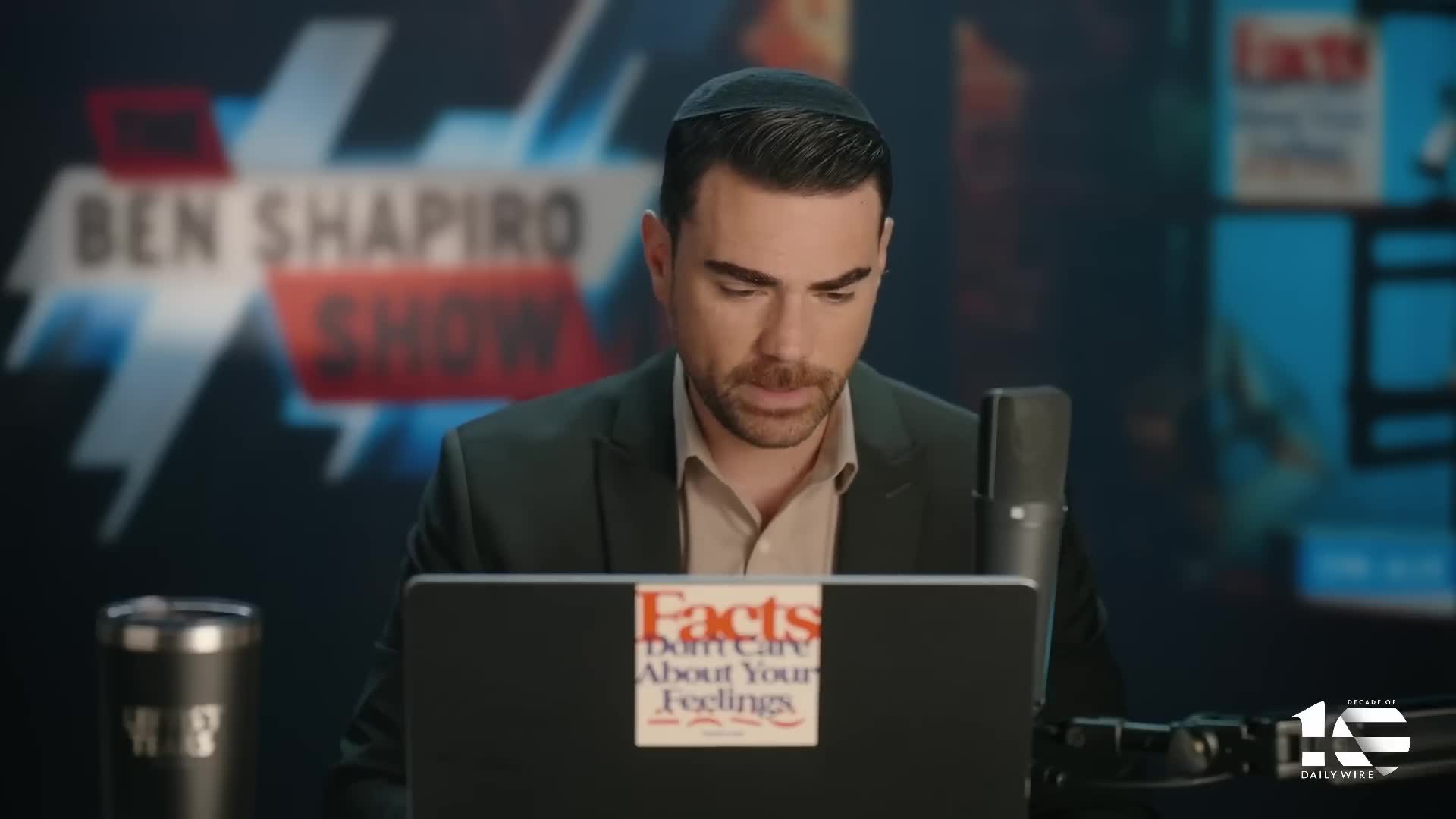Middle East Ceasefire
What challenges do residents of Kfarkila face after the Israeli withdrawal following the ceasefire?
Kfarkila was among the hardest-hit areas during the conflict, suffering from intense fighting and bombardment. The devastation was compounded by Israeli troops deliberately destroying structures even during the ceasefire period, leaving homes unrecognizable to returning families. The situation has created significant humanitarian challenges for residents wanting to return. Beyond physical destruction, the lack of basic infrastructure and essential services makes returning nearly impossible for many families. This combination of deliberate destruction and absence of functioning utilities has left the community in shock as they confront the difficult reality of rebuilding their lives.
Watch clip answer (00:16m)How are Lebanese families reacting upon returning to their villages after the Israel-Hezbollah ceasefire?
Lebanese families returning to their war-torn villages after the ceasefire between Israel and Hezbollah are experiencing a mix of shock, disbelief, and defiance. As they confront the devastation of their communities, they find unrecognizable landscapes where their homes once stood, creating profound emotional distress. Despite the widespread destruction and continued Israeli military presence in the region, these villagers demonstrate remarkable resilience. Their determination to reclaim their homes and rebuild their lives remains unwavering, even as they navigate the aftermath of conflict and face the challenging reality of reconstructing their communities from ruins.
Watch clip answer (00:03m)What is Netanyahu's stance on the ceasefire with Hezbollah?
When the ceasefire came into effect, Israeli Prime Minister Benjamin Netanyahu clarified that it didn't signal an end to the conflict with Hezbollah. Despite the agreement, Israeli strikes have continued to target what the Israeli military identifies as Hezbollah's assets. The Israeli military has explicitly stated its commitment to continue operations against Hezbollah if the Lebanese army fails to act against the group. This position demonstrates Israel's view of the ceasefire as a limited arrangement rather than a comprehensive resolution to hostilities.
Watch clip answer (00:21m)What is President Trump's proposal for the Middle East and how is it being received?
President Trump has presented a proposal aimed at achieving stability in the Middle East, which he outlined in front of Jordan's King Abdullah. According to Ben Shapiro, this is currently the best available proposal as the previous status quo was 'terrible' and no one else has presented alternatives. However, King Abdullah is reportedly hesitant about this proposal moving forward. His primary concern is that Palestinians might be pushed into Jordan, which already has a population that is 60-70% Palestinian. This resistance highlights the complex demographic challenges in implementing new diplomatic solutions in the region.
Watch clip answer (00:22m)What role does the conflict between Israel and Hezbollah play in the broader Middle East tensions?
The clash between Israel and Hezbollah represents the central force driving regional violence in the Middle East. While Hezbollah faces significant weakening following major attacks, the conflict clearly demonstrates that Hezbollah was merely one 'foot soldier' in a larger confrontation between two Middle East powers. Even as Hezbollah's future role in Iran's proxy network remains uncertain, recent events highlight an escalating situation with broader implications. The conflict is propelling the region toward increasing violence, with Hezbollah functioning as just one element in this expanding confrontation between regional powers, primarily Israel and Iran.
Watch clip answer (00:38m)What actions did Israel take against Hezbollah and what were the outcomes?
Israel conducted a massive set of attacks against Hezbollah in response to a perceived threat. A large explosion near Beirut's international airport resulted in the elimination of almost all of the group's top leadership, significantly weakening Hezbollah's organizational structure and operational capabilities. Following these initial strikes, Israel launched a full-scale invasion with troops to further degrade Hezbollah's remaining infrastructure and influence. This comprehensive military campaign represents a major escalation in the conflict that has broader implications, with tensions now spreading throughout the entire Middle East region.
Watch clip answer (00:25m)


